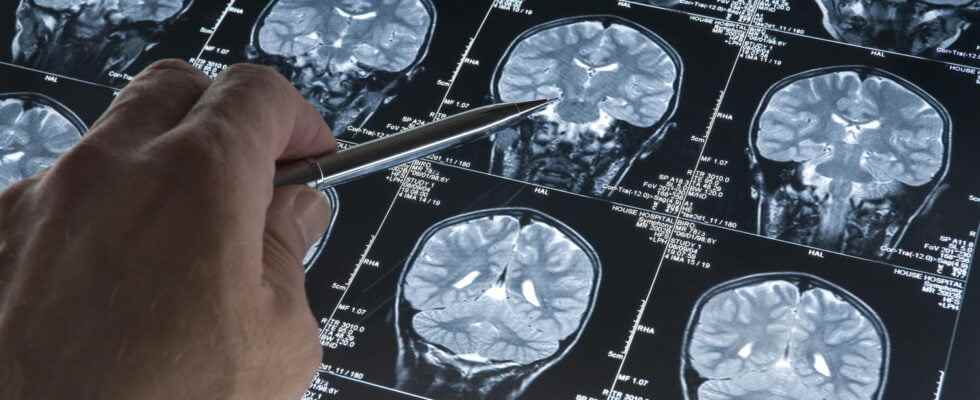Migraine is a debilitating neurological disease which, according to Inserm figures, affects 15% of the world’s population (1). A nightmare for those who suffer from it, this invisible disease represents a real handicap.
Migraine is a poorly understood disease. It is mainly manifested by painful headaches, which occur very repeatedly. It is due to an important neuronal excitability. Much more than a simple headache, it is a chronic and complex neurological condition that affects 20% of women, 10% of men and 5% of children (2). In half of the subjects concerned, the duration of an attack is less than six hours, often suppressed by the existing pharmacopoeia. But in about 15% of patients, it exceeds twenty-four hours.
A distinction is made between migraine attacks without aura and those with, that is to say accompanied or preceded by transient neurological disorders. “The first time I had a migraine with aura, I was on a scooter, in Montpellier. I thought it was a stroke”, relates Jean-Claude Cambis, member of the association La Voix des migraineux.
An invisible disability
The impact of migraine remains largely underestimated. However, it constitutes a major obstacle, both in the professional sphere and in the personal sphere, as Jean-Claude Cambis testifies: “I have suffered from migraines since childhood. When I was 5 years old, I vomited a lot and had a headache. My parents thought it was liver attacks. drink water. “ In his professional life, he often hid the problem he was suffering from, because it was “girl”. And to specify: “I was commercial, you had to be aggressive and fit. I preferred to say that I had liver attacks. It sounded more manly.” To be operational, he took a lot of medication: “You never leave without taking the pharmacy with you.” The doctors had told him that he would be rid of it after his sixties, but it was even worse.
Various triggering factors
“My parents had seven children, three of whom suffer from migraine. I have three children who are also migraine sufferers to varying degrees. There is no doubt about the hereditary factor”, says Jean-Claude, now 76 years old. If there is a genetic predisposition, there are also triggering factors linked to emotional or hormonal variations, overwork, climatic changes, etc.
New treatments for migraine
Currently, treatments for migraine are level 1 analgesics including NSAIDs (nonsteroidal anti-inflammatory drugs). When the crises are intense or they are not relieved by the usual analgesics, the doctor can prescribe a drug from the family of triptans or a derivative of rye ergot.
Recently, new classes of drugs have arrived on the market as a new option in disease-modifying treatment, to reduce the number of migraine attacks:
- Monoclonal antibodies, which are made in the laboratory from a cell clone. This therapeutic class is the first developed specifically for the prevention of migraine.
- Botulinum toxin type A, which has had a marketing authorization extension since July 2021 and can be offered to patients for the prevention of chronic migraine.
(1-2) Study by Inserm unit 1107/Clermont Auvergne University, Neuro-Dol, team Trigeminal pain and migraine.
PP-LN-FR-0134 LILLY France SAS 24, boulevard Vital Bouhot, CS 50004 – 92521 NEUILLY-SUR-SEINE CEDEX SAS with capital of €375,713,701 – 609 849 153 – RCS Nanterre © Lilly all rights reserved
